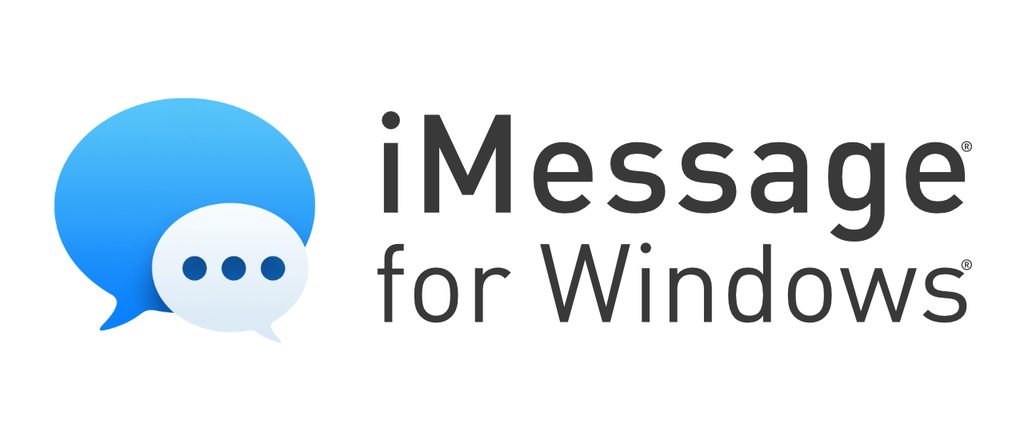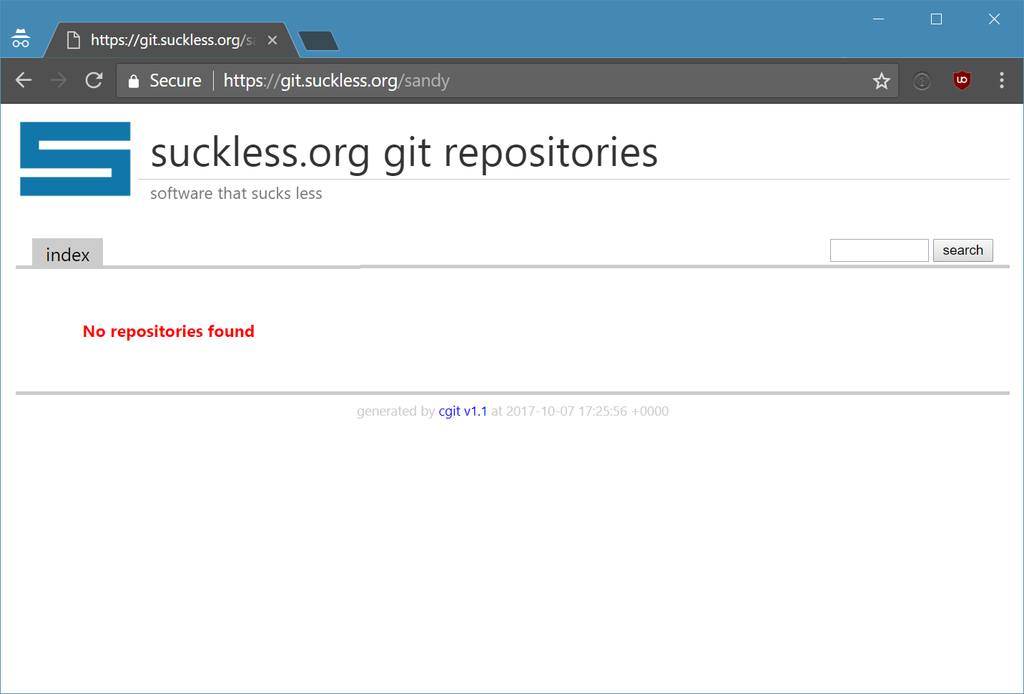While no one expects a language that formed organically via iteration and evolution to be free of logical errors, over time conventions have been formed to deal with most of them such that for the most part there is a “right” way of saying something and a “wrong” way, even when there’s no obvious rule to cover the use case in mind.
The BBC has an excellent article with some examples and even past attempts at creating rules to deal with these cases.
“Adjectives in English absolutely have to be in this order: opinion-size-age-shape-colour-origin-material-purpose Noun. So you can have a lovely little old rectangular green French silver whittling knife. But if you mess with that word order in the slightest you’ll sound like a maniac. It’s an osadd thing that every English speaker uses that list, but almost none of us could write it out.”
My personal favorite “it’ll blow your mind” rule is with regards to ablaut reduplication:
You are utterly familiar with the rule of ablaut reduplication. You’ve been using it all your life. It’s just that you’ve never heard of it. But if somebody said the words zag-zig, or ‘cross-criss you would know, deep down in your loins, that they were breaking a sacred rule of language. You just wouldn’t know which one. All four of a horse’s feet make exactly the same sound. But we always, always say clip-clop, never clop-clip. Every second your watch (or the grandfather clock in the hall makes the same sound) but we say tick-tock, never tock-tick. You will never eat a Kat Kit bar. The bells in Frère Jaques will forever chime ‘ding dang dong’.
But what do you do when two rules or conventions clash? And what does that have to do with programming or computer science?







 The
The 